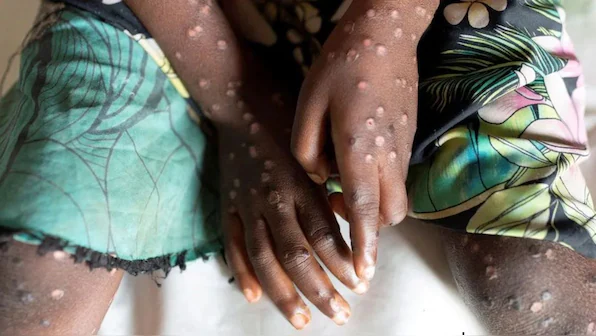
MORE THAN 18,700 MPOX CASES DETECTED IN AFRICA SINCE JANUARY – HEALTH AGENCY
A total of 18,737 suspected or confirmed cases of mpox were reported in Africa since the beginning of the year, including 1,200 cases in one week alone, the African Union health agency said Saturday.
The figure accounts for three strains of the virus, of which one is the new more deadly and more transmissible Clade 1b which prompted the World Health Organisation (WHO) on Wednesday to declare an international health emergency — the agency’s highest alert.
To date, 3,101 confirmed and 15,636 suspected cases have been reported from 12 African Union member states, resulting in 541 deaths — a fatality rate of 2.89 percent, the Africa Centres for Disease Control and Prevention (CDC) said in a statement.
The hardest hit country, the Democratic Republic of Congo (DRC) where the new Clade 1b strain was first detected in September 2023, has reported 1,005 cases (222 confirmed, 783 suspected) and 24 deaths in one week.
All 26 provinces in the DRC, home to some 100 million people, have reported cases.
Neighbouring Burundi reported 173 cases — 39 confirmed and 134 suspected — which marks a rise of 75 percent in one week.
More cases have been reported since the beginning of the year than all of 2023, which saw a total of 14,383 cases, according to the Africa CDC.
The first cases of the mpox outside of Africa were recorded this week, in Sweden and Pakistan.
The WHO will soon publish its first recommendations by its emergency committee and, along with NGOs, has also called for the ramping up of vaccine production.
Mpox is a viral disease that can spread from animals to humans, but also human-to-human through sexual or close physical contact. Symptoms include fever, muscular aches and large boil-like skin lesions
The Clade 1b causes skin eruptions all over the body, whereas previous variants caused localised lesions around the mouth, face or genitals.
The disease, formerly known as monkeypox, was first detected in humans in the DRC in 1970.
The deadlier Clade 1 has been endemic in the Congo Basin in central Africa for decades.
